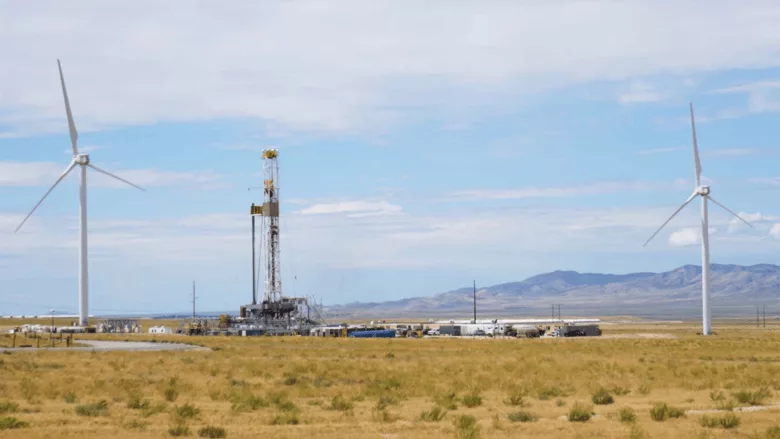Fervo Energy Pushes Geothermal to New Depths
The Sugarloaf appraisal well in Utah reached a true vertical depth of 15,765 feet

Image courtesy of Fervo Energy
In a breakthrough that could reshape how the general public thinks about geothermal energy, Fervo Energy has announced the successful drilling of its deepest and hottest enhanced geothermal system (EGS) well to date — and it's already rewriting the rulebook.
The Sugarloaf appraisal well in Utah reached a true vertical depth of 15,765 feet and is projected to hit a bottomhole temperature of 520°F once fully equilibrated. For context, that's deep into oil and gas territory — both in depth and heat — and far beyond where conventional geothermal systems usually operate.
What’s even more surprising? Fervo drilled it in just 16 days. That’s a 79% cut in drilling time compared to the U.S. Department of Energy’s benchmark for ultradeep geothermal wells.
“This is our hottest and deepest well so far,” said Jack Norbeck, Fervo’s CTO and co-founder. “Back in 2020, we were working at 300°F. Now, just a few years later, our tech is performing reliably above 500°F.”
That jump isn’t just impressive — it’s strategic. As geothermal developers try to scale EGS across the country, being able to tap deeper, hotter rock quickly and cost-effectively could unlock vast new regions, including areas outside the traditionally geothermal-rich West.
Fervo didn’t just go deeper. It did so with record-breaking efficiency. Highlights from the Sugarloaf well include a single drill bit run of 3,290 feet and a maximum average rate of penetration of 95 feet per hour. At one point, the bit chewed through rock at over 300 feet per hour — even below 15,000 feet.
That kind of performance isn’t just a brag. It widens the commercial window for EGS, especially in hotter, high-potential rock layers that were previously off-limits due to cost and complexity.
Fervo also released an independent reserves report from consulting firm DeGolyer & MacNaughton, which backed the potential of Fervo’s Cape Station project. According to the report, Fervo’s proprietary EGS design can recover 50–60% of thermal energy — about three times the efficiency of conventional geothermal systems.
In short: more energy, from more places, more efficiently.
What It Means
Geothermal has long been seen as a niche player in the clean energy landscape — dependable, but geographically limited. But with this latest development, Fervo is helping to flip that narrative.
Multiple recent studies — including from the U.S. Geological Survey and Princeton — now point to the potential for hundreds of gigawatts of geothermal energy between 10,000 and 20,000 feet underground, at temperatures ranging from 400°F to 600°F.
As electricity demand surges from AI, data centers, and electrification efforts, that kind of firm, carbon-free energy could be exactly what the grid needs.
“We’re operating in the optimal geothermal conditions for large-scale commercial deployment,” Norbeck said. And with customers like Shell Energy and Southern California Edison already signed on, the market seems to agree.
The big question now: can EGS scale fast enough to meet America’s rising energy needs — and keep pace with its climate goals?
Looking for a reprint of this article?
From high-res PDFs to custom plaques, order your copy today!






